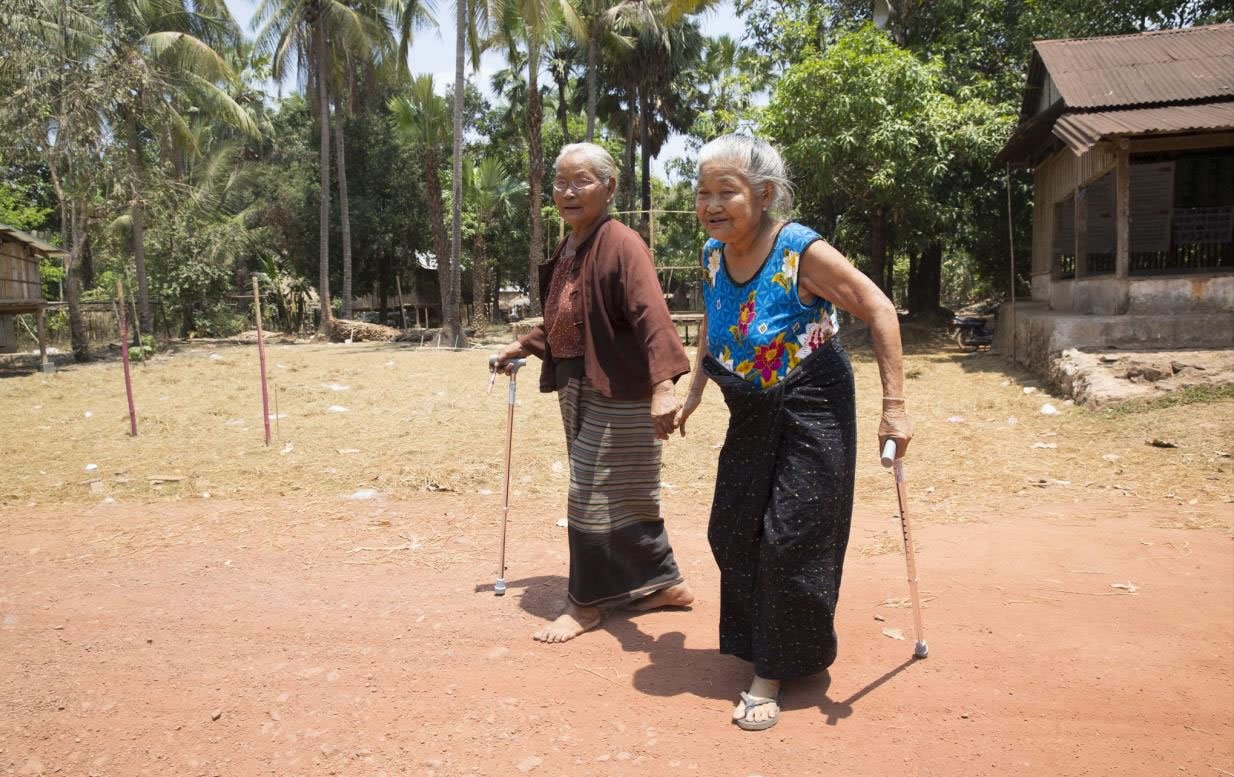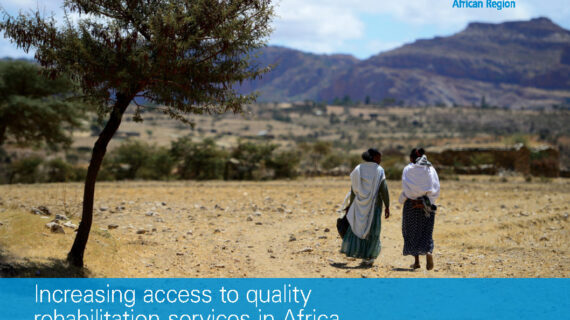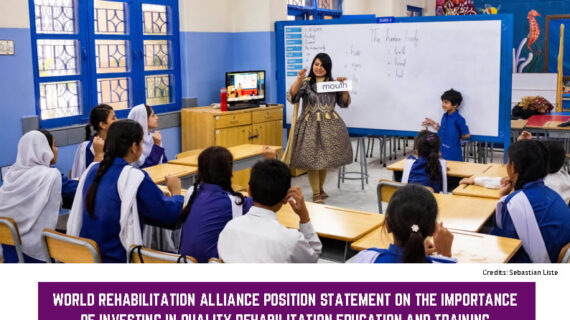Access to age-assistive technology: A resilience building measure for older people
The study employed primary research methods to gather both quantitative and qualitative information through a semi-structured survey with Help Age programme beneficiaries in five countries: Bangladesh, Indonesia, Myanmar, Nepal and Pakistan. The survey incorporated the Washington Group short set of questions (WGQs), designed to identify people with functional difficulties in six core functional domains: mobility, vision, hearing, cognition, self-care and communication (Washington Group on Disability Statistics, 2016). The report also summaries secondary research including a literature review, information from rapid needs assessments carried out by Help Age, and maps out relevant policy changes which have led to better recognition of the intersectionality and importance of AT for older men and women.
Key findings
Key findings from both secondary and primary research are summarised below:
- Lack of appropriate APs compounds both people with disabilities and older people’s vulnerability before, during and after the disaster. It also increases dependency, and increases threat of insecurity, abuse and violence.
- During a humanitarian response, older people and people with disabilities are often out of sight; out of reach; left out of the loop; or deemed to be out of the scope of the humanitarian sector, mainly because of their inability to reach and register their needs.
READ MORE







